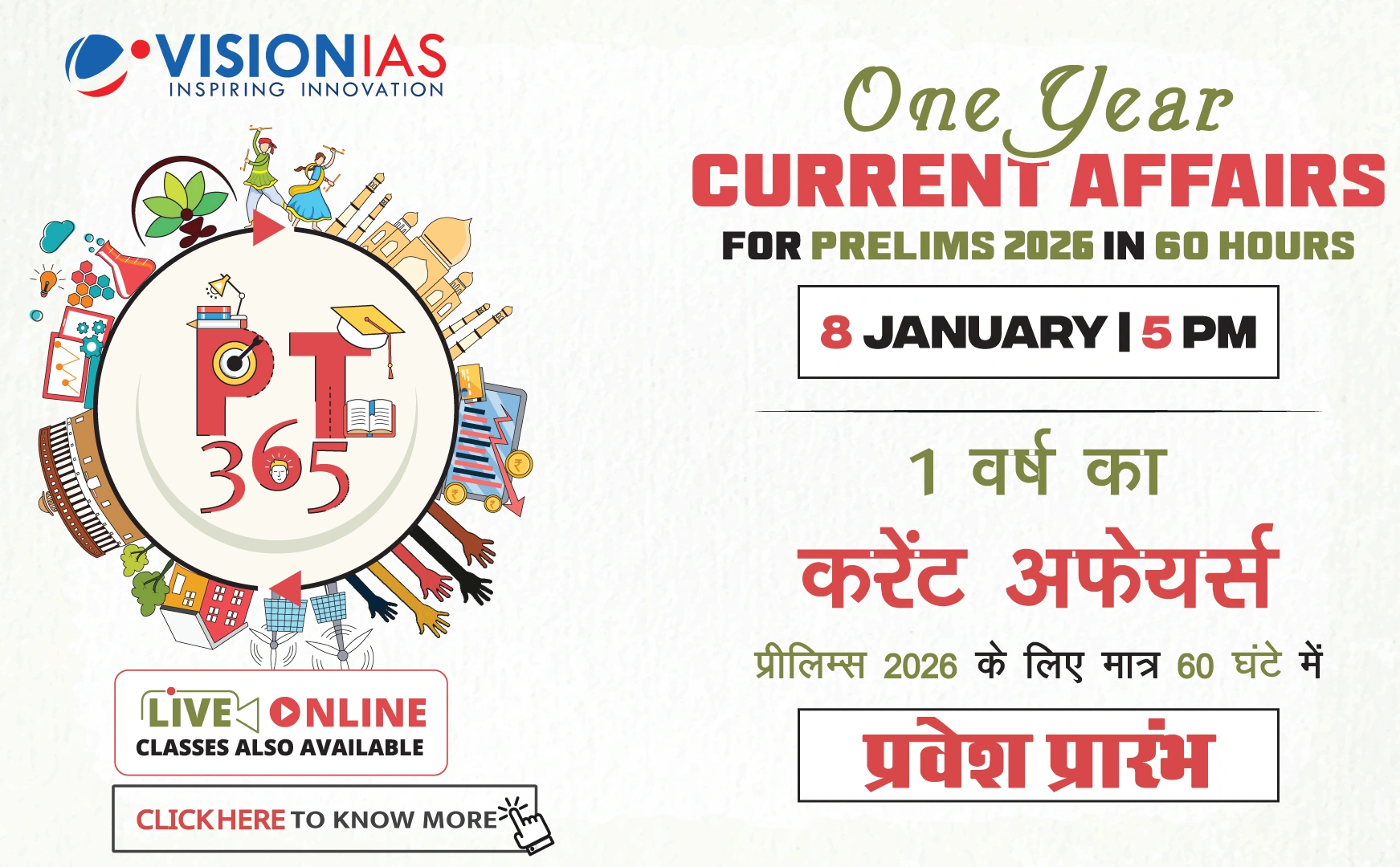India's Economic Status and Inequality
The Indian government recently stated that India is the world's fourth-largest economy and among the most equal societies, citing a Gini Index of 25.5. This figure places India as the fourth most equal country globally, following the Slovak Republic, Slovenia, and Belarus.
Understanding the Gini Index
- The Gini Index, devised by Italian statistician Corrado Gini, measures inequality on a scale from 0 to 1, where higher values indicate greater inequality.
- India's Gini Index reportedly improved from 28.8 in 2011-12 to 25.5 in 2022-23, according to the World Bank's Poverty and Equity Brief.
- However, the World Inequality Database suggests a rise in income inequality, with the Gini Index increasing from 52 in 2004 to 62 in 2023.
Data Limitations and Misinterpretations
- India uses consumption data for measuring inequality, which underestimates inequality compared to income data.
- Consumption-based Gini values are misleading when compared internationally.
Challenges in Survey Data Collection
- Surveys often miss data from the wealthiest due to "differential non-response" and sampling limitations.
- This gap can be addressed by integrating survey data with income tax data, as done by the World Inequality Lab.
Problems with Gini Index
- The Gini Index is not sensitive to changes at the extremes of wealth distribution and is overly sensitive to changes in the middle.
- The Palma Ratio is suggested as an alternative, focusing on income shares at population extremes.
The Centrality of Accurate Inequality Measurement
Understanding inequality is crucial for designing effective government policies. Misreading inequality levels can exacerbate social and economic issues, potentially leading to unrest and hampering economic growth.



